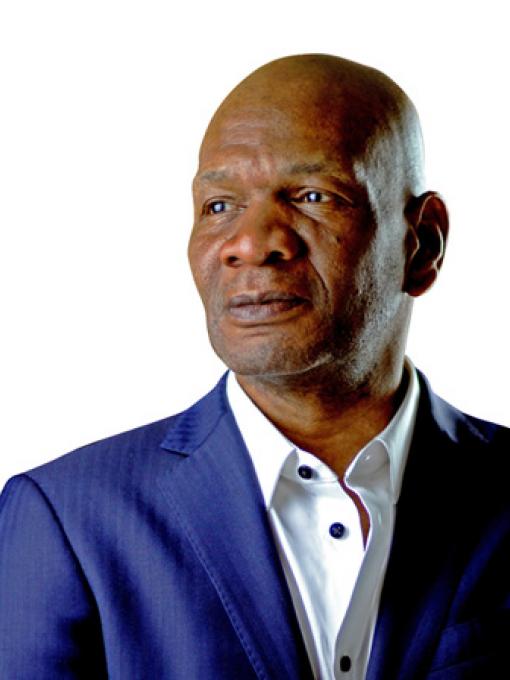Environmental injustice takes the form of gas flares only blocks away from homes, rural communities saddled with foul drinking water, and neighborhoods divided by highways. It has a common thread—people whose needs have been disregarded living in communities whose environ-ments have been degraded.
In many ways, environmental discrimination was planned and engineered as the United States modernized. During the New Deal, home ownership programs valued communities based on their racial and ethnic makeup, creating “redlined” communities that attracted little investment. Federal highway programs bulldozed Black, brown, and ethnic communities like Lower Albina in Portland, Oregon, and Tremé in New Orleans.
In 1982, a Black community in Warren County, NC, said “enough” and protested the siting of a hazardous waste landfill near their town. Although they lost, their protests gave birth to today’s environmental justice movement.
It is a movement that was started largely by people of color. The concept was crystallized by Dr. Robert Bullard, considered the father of environmental justice, who said “environmental justice embraces the principle that all people and communities have a right to equal protection and equal enforcement of environmental laws and regulations.”
The growth of the oil and gas industry brought its own, more lethal, form of dirt and dust wherever it established operations. The experience of the Diamond community in Norco, Louisiana, offers a textbook example.
The oil refineries there were built on the site of two former plantations—one of which was the location of the largest slave revolt in U.S. history.
I visited the area in November 2021 as a guest of the Deep South Center for Environmental Justice. Norco has been home to a Black community since the era of slavery. The oil refineries there were built on the site of two former plantations—one of which was the location of the largest slave revolt in U.S. history.
Gradually expanding refinery operations in the early 20th century compelled residents to move across the road into the area known as Diamond. The community spent decades battling with Shell while enduring toxic air pollution and two plant explosions. In 2002, the company agreed to buy out most Diamond residents.
What remains of Diamond consists of four streets and a handful of residents living only 25 feet away from the petrochemical facility’s fence.
Diamond is just one of the communities in a 90-mile corridor stretching from New Orleans and Baton Rouge lined with oil and gas facilities. Incidents of cancer, heart disease, and respiratory ailments in the area regularly exceed acceptable levels. The area is called Cancer Alley.
Despite our country’s long history of environmental injustice, the first significant federal response was Executive Order 12898 issued by Pres. Bill Clinton in 1994. The order, “Federal Actions to Address Environmental Justice in Minority Populations and Low-Income Populations,” directed federal agencies to “make achieving environmental justice part of its mission.”
In 2020, pressure to respond to climate change merged with our country’s ongoing racial struggle catapulted environmental justice onto the nation’s conscience. In response, the Biden administration placed environmental justice at the center of its plans to address climate change. In addition, its Justice 40 Initiative aims to direct 40% of the overall benefits of government investments toward disadvantaged communities.
Congress has also turned its attention to environmental justice. It passed the Infrastructure Investment and Jobs Act (P.L 117-58) which includes $1 billion to reconnect communities divided by highways and $12 billion for clean water programs. It also passed the Inflation Reduction Act (P.L. 117-169) which invests $60 billion in environmental justice programs.
These investments mark a significant turning point as the government moves from being the cause of environmental discrimination to being part of the solution.
It is with this goal in mind that we support the Environmental Justice for All Act (H.R. 2021/S.872).
Efforts to bring environmental justice to disadvantaged communities have, however, only just begun. Ensuring that the programs passed by Congress work for the communities who need them is vital. To expand environmental justice programs and ensure their longevity, we will need the support of more members of Congress from both political parties.
It is also important to ensure that the harm done to communities in the past is not perpetuated as we transition to cleaner energy sources.
It is with this goal in mind that we support the Environmental Justice for All Act (H.R. 2021/S.872).
This bill can help to ensure that as we build a clean energy economy, everyone will have the right to clean air, clean water, and healthy soil.
In line with the Quaker commitment to social justice and an Earth restored, FCNL will continue to stand as an ally to the environmental justice community as we seek a just and sustainable clean energy economy.

